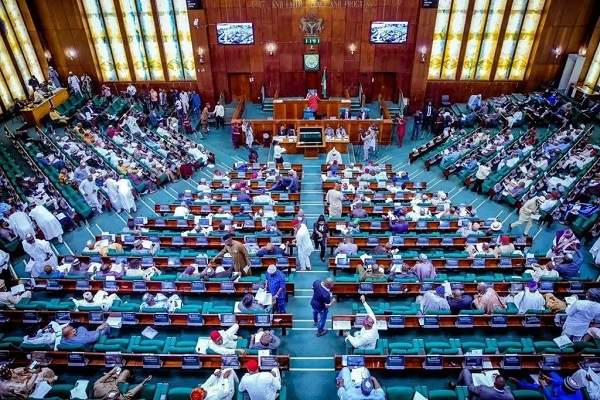- Sending More Marines to Afghanistan
The Pentagon is considering a plan that allows the U.S. military to conduct airstrikes on ISIS in the Philippines, two defense officials told NBC News.
The authority to strike ISIS targets as part of collective self-defense could be granted as part of an official military operation that may be named as early as Tuesday, said the officials. The strikes would likely be conducted by armed drones.
If approved, the U.S. military would be able to conduct strikes against ISIS targets in the Philippines that could be a threat to allies in the region, which would include the Philippine forces battling ISIS on the ground in the country’s southern islands.
The U.S. military has been sharing intelligence with the Philippines for years, according to Pentagon spokesperson Capt. Jeff Davis, who called it a “steady state.”
“We have had a consistent CT [counter error] presence in the Philippines for fifteen years now,” he said.
There is a small U.S. military presence on the ground supporting the counter-ISIS fight, called Joint Special Operations Task Force Trident.
In Manila on Monday, Secretary of State Rex Tillerson said the U.S. was providing the Philippines government with “intelligence capabilities” in the fight against ISIS, including “some recent transfers of a couple of Cessnas and a couple of UAVs (drones) to allow to them to have better information with which to conduct the fight down there.”
“We’re providing them some training and some guidance in terms of how to deal with an enemy that fights in ways that are not like most people have ever had to deal with.
“I see no conflict at all in our helping them with that situation and our views of other human rights concerns we have with respect to how they carry out their counternarcotics activities.”
In the meantime, the U.S. is sending dozens more Marines to Afghanistan, according to three U.S. defense officials.
Task Force Southwest, based in Helmand Province in southwestern Afghanistan, requested the additional Marines to help with internal force protection, the officials said. U.S. Central Command approved the request but the Marines have not yet moved into the country.
There are currently more than 300 Marines assigned to Task Force Southwest, and the total additional force is less than 100 marines, the officials said. The Marines will deploy from the Special Purpose Marine Air Ground Task Force Crisis Response Central Command, already based in the region. The officials would not say where the marines would deploy from specifically, with one saying, “we are redirecting them from where they’re at now to help with the mission.”
The officials said this deployment is not tied to the Trump administration’s long-awaited new South Asia strategy, but instead fulfills a request from the commander on the ground, Marine Brig. Gen. Roger Turner. It was approved by Gen. Joseph Votel at Central Command.
In June President Trump delegated the authority to deploy troops to Afghanistan to Secretary of Defense James Mattis, but in this case Mattis did not need to sign off on the deployment, one of the officials said.
“The commander on the ground has the authority to move people in theater around,” the official said.
A spokesperson for Marine Corps Forces Central Command would not confirm the deployment, saying, “The repositioning and movement of forces in the CENTCOM [area of responsibility], to include presently deployed Marines, happen at the discretion of the CENTCOM Commander,” adding “at this time there are no plans to deploy CONUS based Marines into Afghanistan,” using the acronym for Continental United States.
NBC with additional report from MSN





















